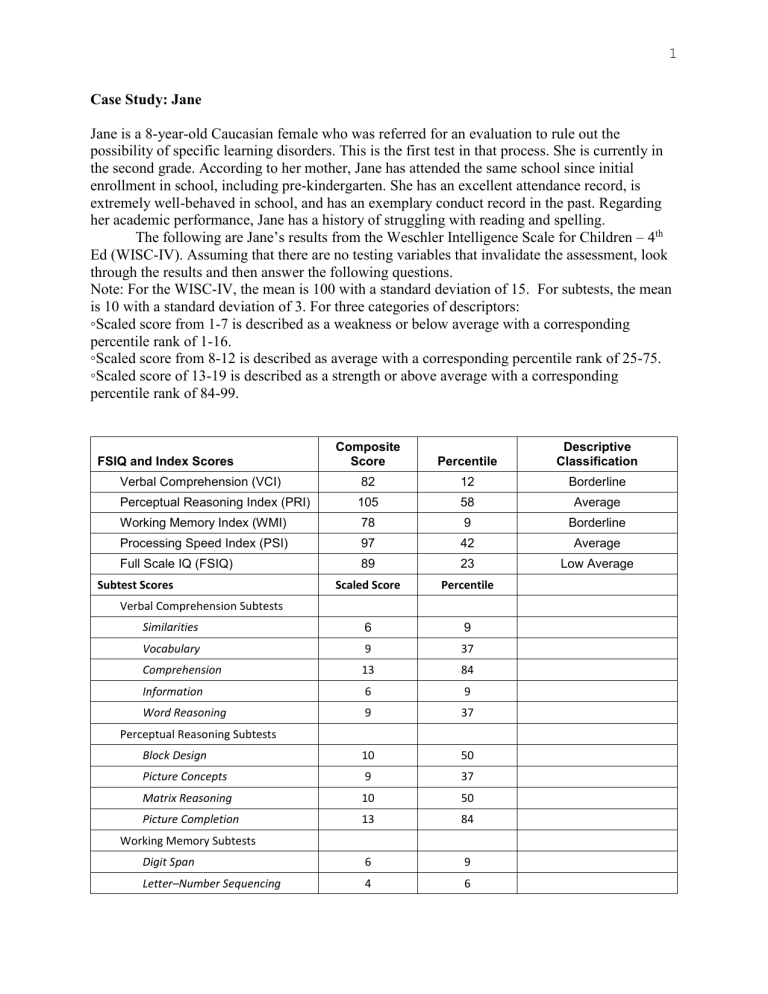

In Engle’s original framework ( Engle & Oransky, 1999), working memory was seen as being composed of two modules: immediate memory and controlled attention (sometimes called executive attention). Perhaps the most intriguing of these from a clinical standpoint is Unsworth and Engle’s (2006, 2007) recent dual-component model of working memory ability. Since Baddeley’s original model was proposed, several new conceptualizations of working memory have emerged ( Ericsson & Kintsch, 1995 Engle & Oransky, 1999 Cowan, 2001, 2005 Oberauer, 2002). More recently, Baddeley amended the model by including an interface, the episodic buffer, which allows the working memory system to communicate with long-term memory (for a review see Baddeley, 2001). These two systems are termed the phonological loop and visuospatial sketchpad, and hold verbal information and visuospatial information respectively. It also contained two supportive systems that serve the central executive by being able to either passively hold or actively rehearse information. Baddeley’s model proposed a central executive component to manipulate data via controlled attention processes. Working memory is impaired in a wide variety of neuropsychiatric conditions, including dementia ( Collette, Van der Linden, & Salmon, 1999), attention-deficit hyperactivity disorder (ADHD Pasini, Paloscia, Alessandrelli, Porfirio, & Curatolo, 2007), and schizophrenia ( Fleming, Goldberg, Gold, & Weinberger, 1995 Goldman-Rakic, 1994) making its accurate assessment an important clinical issue.īaddeley originated our current view of working memory and his conceptualization ( Baddeley & Hitch, 1974) still dominates the field. It is composed of both passive storage and dynamic control processes in order to hold information in an active form ( Baddeley, 2001). This system also allows for updating and manipulation of relevant information. Working memory refers to the cognitive system that stores information in an accessible state for utilization in complex mental tasks. These results are discussed in the context of how they relate to Unsworth and Engle’s (2006, 2007) new conceptualization of working memory mechanisms. The Arithmetic subtest was not a significant contributor to the model. Multiple regression analyses (n = 180) revealed that the best predictor model of subtests for assessing working memory was composed of the Digit Span, Letter-Number Sequencing, Matrix Reasoning, and Vocabulary.

It was hypothesized that subtests beyond those currently used to form the WAIS-III WMI would be able to account for a greater percentage of variance in a working memory criterion construct than the current WMI. This study sought to determine to what extent the WAIS-III working memory index (WMI) measures the construct studied in the cognitive working memory literature, whether an improved WMI could be derived from the subtests that comprise the WAIS-III, and what percent of variance in individual WAIS-III subtests is explained by working memory. Recently, there have been a number of theoretical shifts in the way that working memory is conceptualized and assessed in the experimental literature. This cognitive ability is impaired in many clinical populations typically assessed by clinical neuropsychologists. The figure originally presented here cannot be made freely available via ORA because of copyright.)/DS(text-decoration: font-size:12.Working memory is the cognitive ability to hold a discrete amount of information in mind in an accessible state for utilization in mental tasks.


 0 kommentar(er)
0 kommentar(er)
